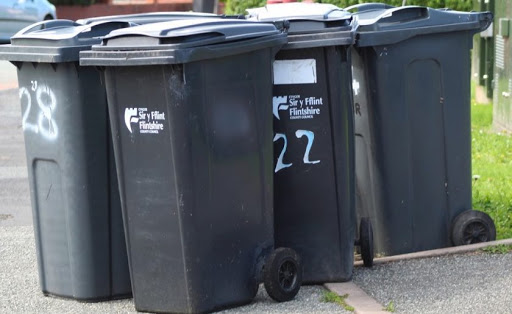Brits bin 3.1kg of fashion waste: January sales, the hidden harm & ways to tackle the issues

Nearing the end of the most notorious month for sales and in the aftermath of Black Friday, is it time to reevaluate our methods and how much we’re contributing to the fast-fashion industry? James Lever, managing director of The Bungee Store – full of upcycling accessories – thinks so.
“I do think we get used to these big pushes for sales, urging and tempting us to splash our cash on things we actually don’t need, and it’s just not sustainable or helpful as statistics about the fashion industry continue to show us.”
Fast-fashion facts that we all should be aware of
93% of fast-fashion brands are not paying garment workers a living wage
Clothing production is the third biggest manufacturing industry behind automotive and technology
One in three young women consider clothes worn once or twice as “old”
Fashion industry is responsible for 8% of carbon emissions
1.7kg of fashion waste is dumped in landfill yearly by Brits. Each Brit bins around 3.1kg of fashion waste each year (fourth largest in Europe)
The average American throws away 81 pounds of clothing each year
Fewer than 11% of brands implement recycling strategies
One in three young women say clothes worn once or twice are “old”
When we’re dealing with this perception – as reported by The Guardian – it’s no wonder that we’ve reached an age of fast fashion; and with views like this, it makes the battle even harder. It’s also estimated that the average item of clothing is worn just 14 times. Pair that with the obsessive celebrity fashion culture where we hardly see people in the limelight wear the same outfit twice, and we face a fast-fashion crisis, with the ongoing sales push to rid excess stock only adding to it.
Black Friday lives up to its name
Take the Black Friday sales, for instance, that caused some uproar in the anti-fast-fashion world (aka slow fashion) and you have a pretty dark problem. Certain fashion brands were selling products on Black Friday with up to 99% off. To the bargain hunter, this is heaven, but to those who have been working on a movement that highlights the impact of fast fashion, this represents a hellish reality, as the Content Coordinator for the Slow Fashion Movement, Enna Tomlinson points out:
“These ridiculously big discounts create the damaging ideology that fashion is disposable, and we need to think about how much the garment workers will make at the end of the supply chain. With a throw-away culture and constant big sales, it’s likely more and more clothes will end up in landfill. As a consumer, we should think about how often we would wear such cheap garments, what the quality will be like and where they may end up before mindlessly adding to our shopping carts.”
Look after your clothes
Sounds simple, and it really can be. You’d be surprised how many people aren’t actually fully confident when it comes to laundry. With a new year comes new resolutions. Instead of being let down by not completing big goals and punishing yourself, why not add these to your list:
Use stain removal pens
Incorporate more air drying
Use a delicates bag
Avoid regular washing
Use fabric refreshers
Buy less, upcycle more
Be more clothes-conscious
Lever says: “Upcycling is a growing trend but it should be even bigger. It’s a genius method. With fabrics, cords and string, you can transform clothes and fix them up in no time. If a handbag strap breaks, a cord can come to the rescue, or if the jeans are thinning out or getting too small and you find yourself scrunching them into a bin bag, see what fabrics you have lying around to jazz them up or use the jeans themselves to turn them into something new.”




